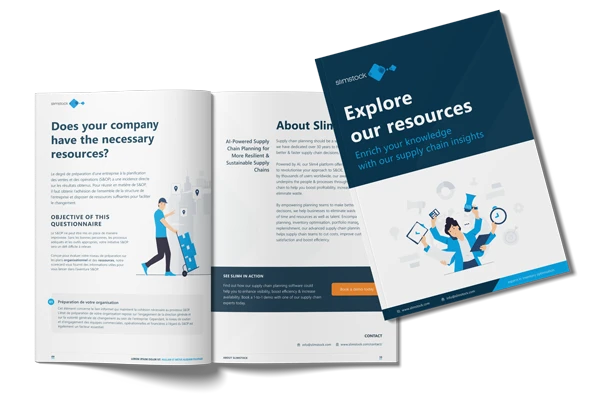How can you construct a more robust forecast?
The building blocks to a better supply chain

Accurate forecasting is essential for effective supply chain planning.
Many businesses struggle to create a robust picture of future demand. In this whitepaper, we explore how you can engage teams across the business to:
- Capture invaluable market insight
- Validate forecasts through effective cross-functional collaboration
- Improve forecast accuracy to make more informed supply chain decisions
Download it now!
